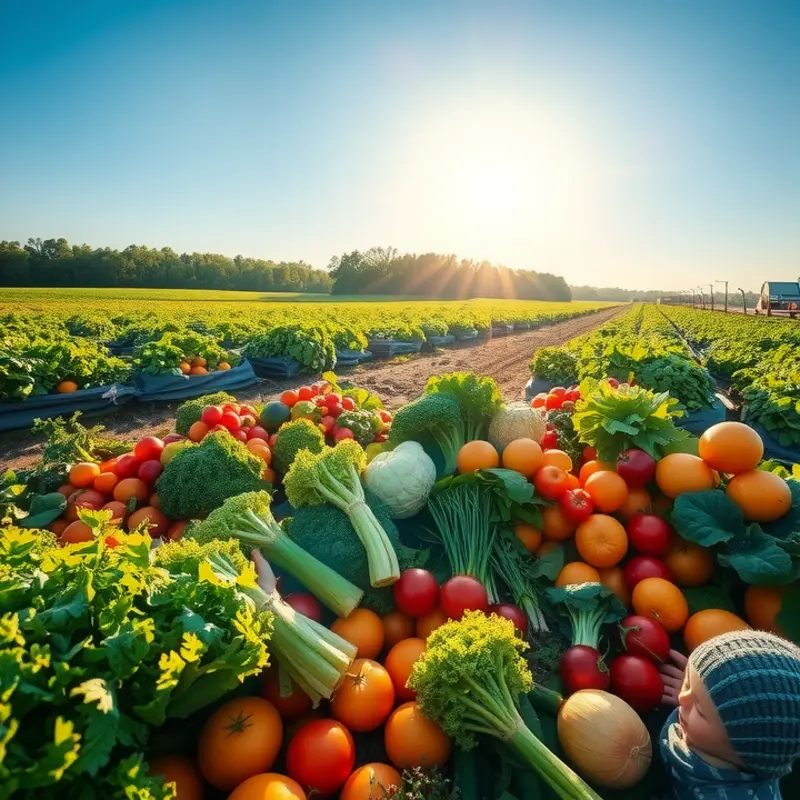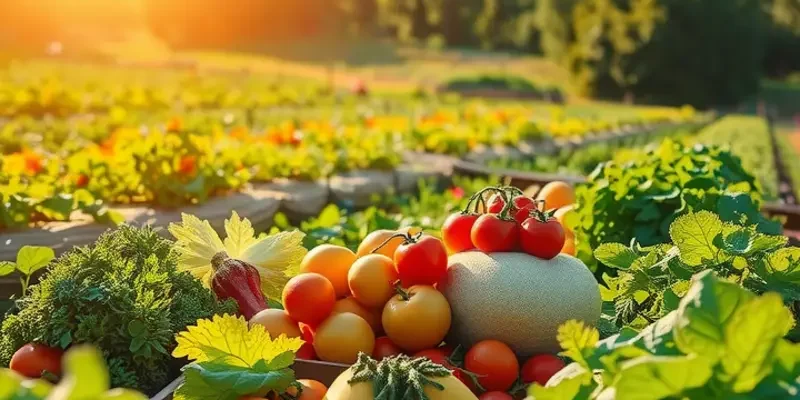Food sharing practices around the globe are a vibrant tapestry woven from culture, tradition, and connection. From communal dining to potluck gatherings, these rituals offer insight into a society’s values and social fabric. Each tradition tells a unique story, connecting people through the universal love of food. Join us as we explore the fascinating world of food sharing, revealing how various cultures honor this practice and what it means to share meals together.
Communal Feasts: The Heartbeat of Cultural Identity

Food is an intimate expression of cultural identity, a gateway to understanding history and traditions. Communal feasts provide an ideal setting to witness this dynamic in action. Across continents, people gather to share meals that reflect their collective spirit. These gatherings are not just about food; they’re about forging bonds, sharing customs, and fostering oneness.
Take the potluck in the United States, for instance. A potluck is a participatory tradition where each guest contributes a dish to the wider table. It democratizes the meal, ensuring that every individual’s culinary heritage finds expression and recognition. The sharing of diverse flavors transforms the table into a tapestry of American multiculturalism, celebrating unity in diversity.
In Argentina, the ‘asado’—a communal barbecue—is a cornerstone of social life. More than a cooking method, it symbolizes warmth, conversation, and time spent together. People gather around the grill, savoring the gradual transformation of meat into tender delights. Here, food becomes a medium for storytelling, laughter, and building community ties, as well as a celebration of the nation’s gaucho culture.
Italy brings us the ‘pranzo,’ a leisurely family lunch that unites generations. The table stretches with rustic dishes, each one bearing a recipe passed down through time. Participating in this slow meal becomes an act of resistance against the rush of modern life, emphasizing connection and shared heritage. It’s a weekly ritual that underscores the Italian love for conviviality and sustenance.
In Morocco, the ‘tanjia’ is a dish traditionally cooked during wedding festivities. Prepared by the men, this flavorful stew is simmered in communal clay urns, buried in smoldering ashes. It’s a ritualistic act that embodies the spirit of sharing and celebration. The unveiling of the ‘tanjia’ signifies the blending of new families and the continuation of communal support networks.
Even across vastly different climates and geographies, the essence of these feasts remains rooted in the human desire to connect. Food acts as a universal language, transcending barriers and inviting individuals to partake in a shared human story.
For those enamored with culinary exploration, linking flavors with cultural influences can deepen understanding. For insight into how culinary traditions weave into trade practices and ingredient exchanges, explore this article on global culinary influences.
As we gather around tables, whether large or small, these communal feasts remind us of the importance of shared experiences. They uphold traditions and create new narratives, binding us to our past while we savor the present. Undeniably, they resonate as the heartbeat of cultural identity, emphasizing the joys of humanity united by food.
Potluck Gatherings: The Everyone In, Everyone Out Tradition

Potluck gatherings encapsulate a beautiful tradition where the diversity of dishes reflects the uniqueness of each contributing individual. This tradition, deeply rooted in history, serves as a bridge between generations and communities, uniting people under the banner of shared sustenance and celebration.
The origins of potluck gatherings are traced back to a multitude of cultures, each adding its unique flavor to the tapestry. The Hawaiian ‘hōlua’ is one such event, where families come together bearing dishes to be shared communally. This not only reinforces familial bonds but also pays homage to the island’s abundant culinary resources. The ‘hōlua’ is much more than a meal; it’s an expression of gratitude and community, where every member’s contribution enhances the festive spirit.
Moving across the ocean to the American continent, the modern-day potluck has become a staple in social events from church gatherings to office parties. The essence remains the same—each dish brought to the table narrates a story of family traditions, cherished recipes, and personal creativity. In essence, potluck gatherings celebrate culinary diversity where the mix of dishes becomes a metaphor for the coming together of varied experiences and backgrounds.
Themes of generosity and cooperation are at the heart of these gatherings. The act of preparing and sharing food nurtures a sense of community and interdependence. It is a dance of collaboration, where each participant plays a crucial role, fostering an inclusive environment that welcomes all contributions. This act of sharing is intrinsically linked to empathy and understanding, as individuals participate not only in the consumption of food but in the weaving of a shared history.
Potlucks are a testament to the creativity inspired by culinary challenge. Without a set menu, participants find themselves crafting dishes that must both stand out and blend in with the array of offerings. This encourages culinary experimentation and cultural exchange, allowing participants to diversify their palates and learn about different cuisines, enriching their food culture perspectives.
Moreover, potluck gatherings can align with sustainable practices. They often draw people toward home-cooked meals, which can reduce waste by using local and seasonal ingredients. For those interested in the eco-friendly aspect of meal sharing, exploring options that support such practices can make these gatherings even more meaningful. Practical ingredient batching can be an effective way to manage supplies and minimize food waste, ensuring that every dish contributes towards sustainability.
In potluck gatherings, personal connections flourish alongside the dishes. Conversations spring up around the dining table, sparked by curiosity about unfamiliar dishes or the nostalgia of shared tastes. This social interaction forms the cornerstone of potlucks, where the meal is just the beginning of deeper relationships fostered through shared experiences and joyous exchanges.
As societies evolve, the adaptability of potluck gatherings ensures their relevance in both traditional and contemporary settings. They remind us of the power of food as a unifying force, transcending cultural and geographical boundaries. Amidst the fragrant symphony of flavors, potlucks create a canvas where diversity is celebrated, and community spirit thrives.
Final words
The traditions of food sharing serve as a rich reflection of cultural identity and community values around the world. Whether through the communal feasts of Southern Italy or the inclusive potluck dinners of the American suburbs, sharing food is an expression of care, hospitality, and connection. These practices not only nourish the body but also strengthen our bonds, inviting us to step outside our own realities and experience the flavors and stories of others. Let food sharing be a reminder that, ultimately, it is through these shared meals that we build understanding, respect, and friendship across cultures.








